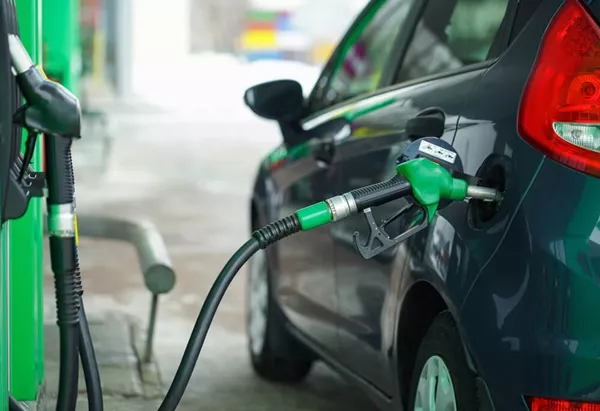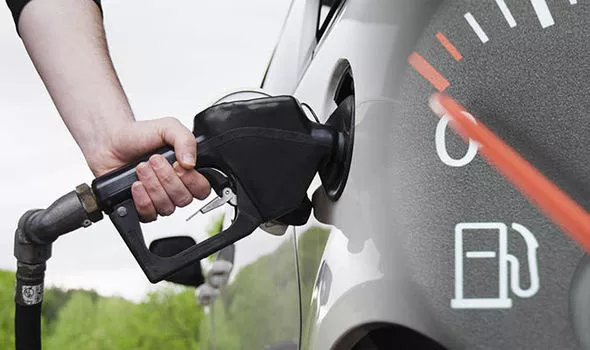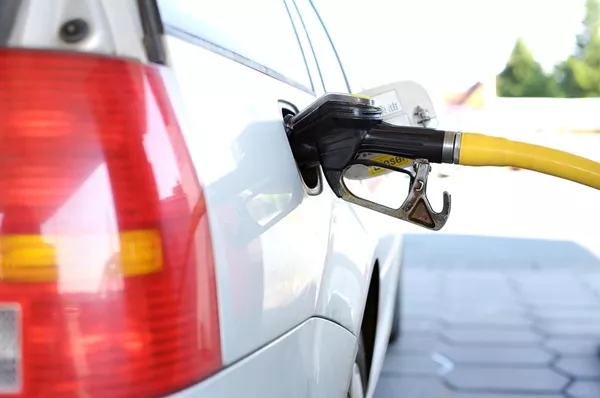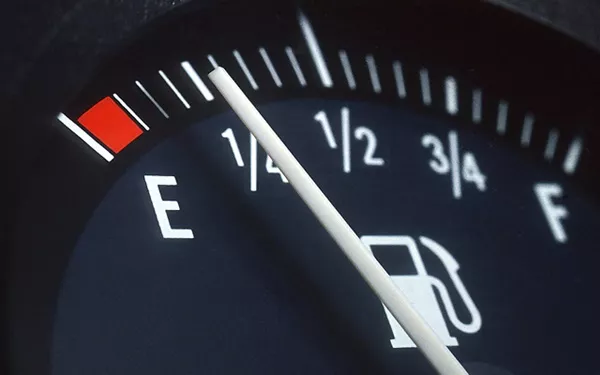Whether you have a driver’s license or not, you know by now how important fuel is in keeping a car running. That’s why it’s important that your car has enough in the tank, depending on the distance that you need to travel (and the length of traffic that you have to endure) at any given time.

Fuel feeds your car
Unfortunately, there are times when your will inevitably run out of gas while driving, through circumstances that may or may have not been within your control. That said, this Philkotse.com gives you tips on how to deal with the situation.
1. Reasons you ran out of gas
Once your fuel tank has been exhausted, the car stops moving, but that’s the least of your worries. Without fuel to extract from the tank, the fuel pump ends up siphoning air or sediments at the bottom of the fuel tank, and either of these can cause damage to the engine.
Fuel gauges are pretty much standard on cars nowadays, but you might still be confronted by situation where your tank has dried out. Here are some reasons behind it:
Defective gauge
The car fuel gauge is one of the most important parts of the car you need to pay attention to. The gauge works using a sending unit, comprised of a floater inside the tank connected to a potentiometer; this floater slides along a moving contact as the fuel is being consumed.
A full tank enables the maximum electric current to flow to the dashboard indicator, causing the needle to point to F. Emptying the tank reduces the current flowing through the circuit, making the needle gradually point downward and stopping at E when the fuel is used up.

Your fuel gauge can lose its accuracy over time
As the car ages, the gauge will likely be less accurate than before. Corrosion or wear acting on the potentiometer will resort in faulty readings.
Some drivers add alcohol to the tank in the belief that it will help the engine burn fuel more thoroughly; this accelerates the corrosion. In some instances, rats can also gnaw at the cable connecting the sending unit and the indicator.
Cost-cutting
Economic realities also influence how often we make fuel stops, and how much we actually put in. Budget constraints might lead some drivers to put in just the minimum amount of fuel in the tank, enough to make the next gasoline stop or whatever destination they have in mind.
Others might gas up to half the tank’s capacity, arguing that the weight of a full tank actually causes the car to consume more fuel.
>>> Read more: 10 myths about fuel efficiency that every Filipino driver should know.
2. Tips to remember when you run out of gas
A common mistake people commit when they see their fuel gauge blinking is to rev up and try to push their car to the limit, relying on the momentum to give the car an added push. This ends up damaging to the car, as the fuel pump becomes overworked and is forced to draw in impurities that have settled at the bottom of the tank.

There are tips to remember when you run out of gas
Instead of revving the engine, pull over into the safest area you can find, away from hazards such as vehicular traffic. Consider your surroundings, then mind these tips as they are applicable:
What you should do
If you are in an area that you know has gas stations nearby, choose one situated along a downhill road. Having gravity by your side reduces your engine’s dependence on the precious drops of fuel you need to save.
However, if there are no forecourts in the area or you believe that your current fuel level isn’t enough to get you home, here are your options:
- Take advantage of technology by using Google Maps to locate the nearest gas stations on your smartphone, especially if you’re in an unfamiliar area.
- You can also ask random people for directions to the nearest gas station, better if these are people in authority such as traffic enforcers and barangay deputies, or those who are familiar with the area such as PUV drivaers.
- If you have insurance coverage, your policy usually offers towing services in case of breakdowns.
- If you are in an area under foggy or low light conditions, make your presence known and signal for help by switching your external lights on. Activate your hazard lights only when the car is in the middle of the road and it is unable to move under its own power.
>>> Also read: 5 Gas-saving technologies that every driver should consider.

If you are in an area that you know has gas stations nearby, choose one situated along a downhill road
What you shouldn’t do
In case your car runs out of gas while driving, prioritize your safety. While it’s good to appreciate random strangers offering their assistance, always have your wits about.
Trust your instincts, especially if they are trying to tell you that something is suspicious. Avoid leaving valuables inside your vehicle (or keep them out of plain sight) if you plan on leaving the car to buy fuel.
3. Top up the tank
If you want to avoid instances where your car runs out of gas while driving, always pay attention to your fuel gauge. Have it fixed at the dealership or your preferred mechanic if you sense that the gauge isn’t working as well as it should be.
And whenever possible, don’t let the fuel level fall more than ¾ empty; have at least half a tank of gas with you when you drive out. You’ll never know when that extra volume of fuel will make the difference between getting stuck in the middle of nowhere and getting home safely.
Recent posts
- Top 4 common car emergency situations and what you should do Aug 07, 2019
- Safety tips: How to drive when your car brakes are malfunctioned Nov 30, 2022
- 3 major scenarios and advice for emergency brake Aug 16, 2022
- 7 Fuel Pump Problems That Tell You It's Time For A Replacement Mar 10, 2021
- 6 driving habits to cut off up to 25% fuel consumption Dec 11, 2017












